Your cart is currently empty!
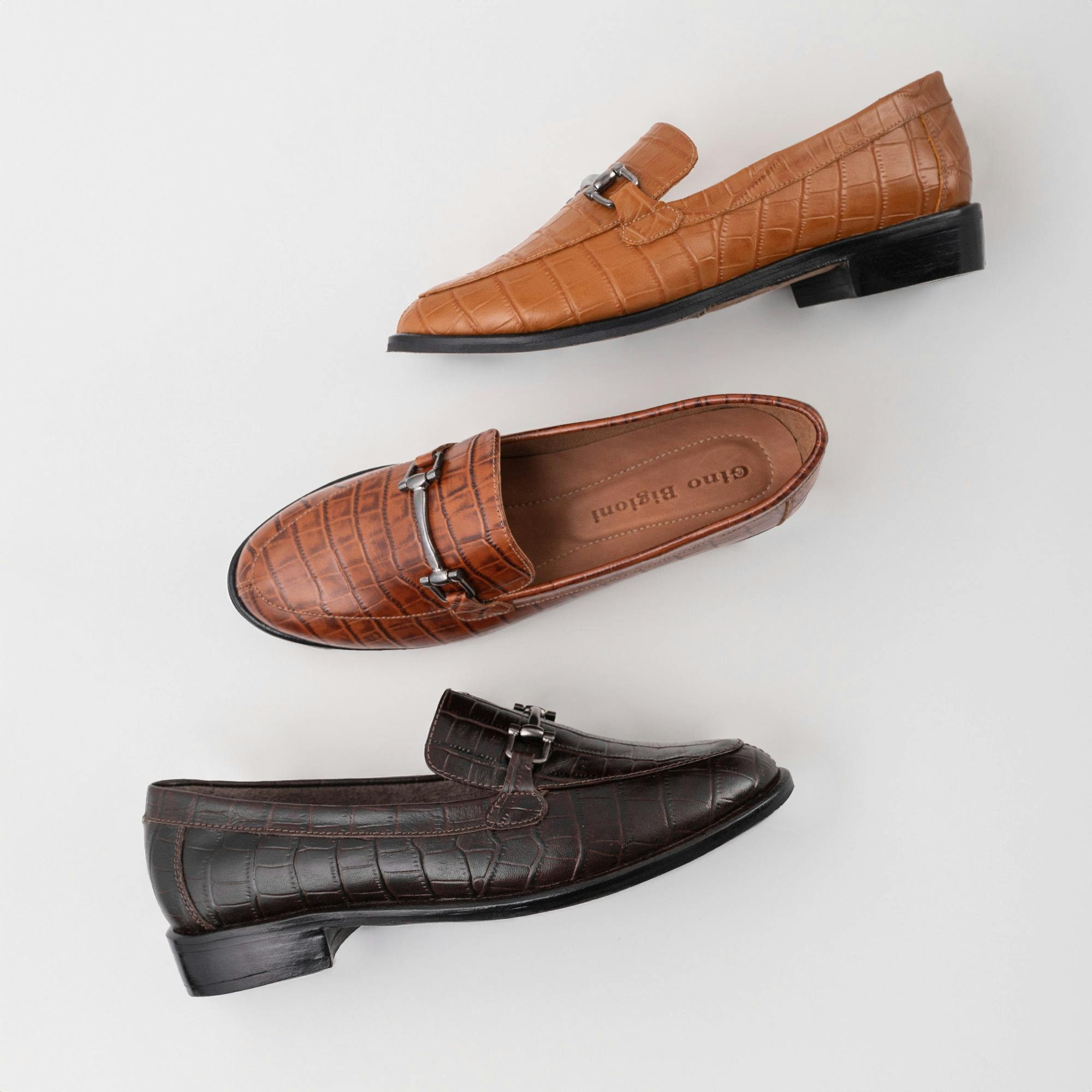
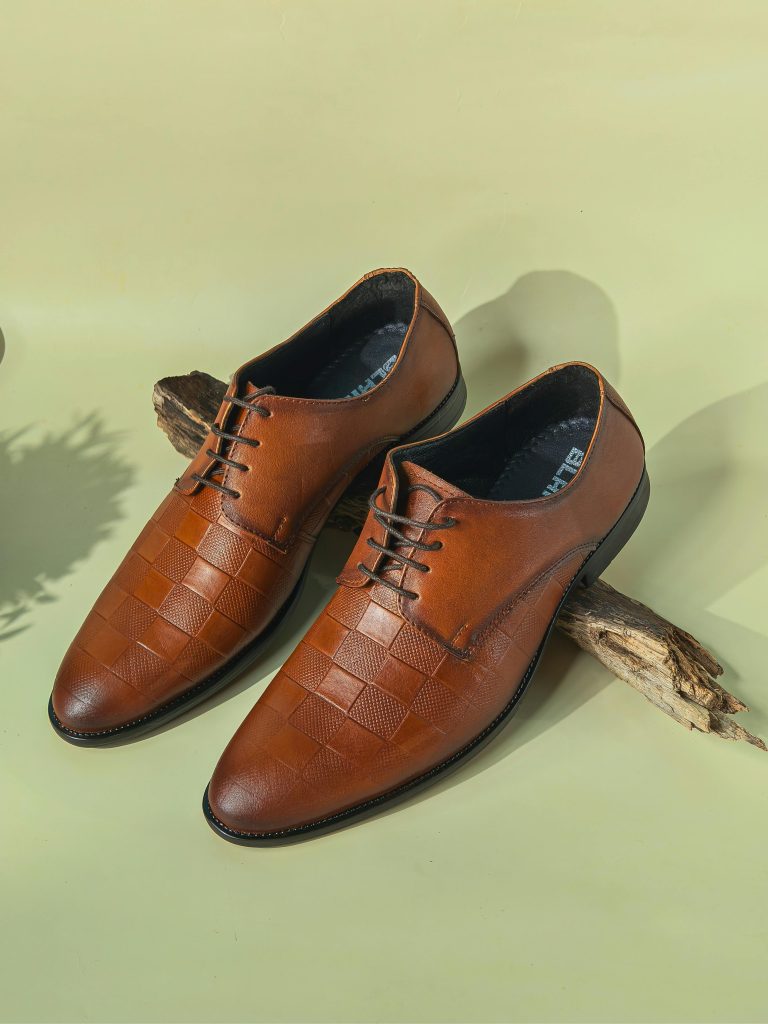
Brown Shoes Comprehensive Review 2024 Men’s fashion is a dynamic, ever-evolving world where subtle details can transform an outfit from good to great. One of the most versatile and timeless items in any man’s wardrobe is a pair of brown shoes. Often overlooked in favor of black shoes, brown footwear offers a richness of style that can elevate casual, semi-formal, and formal looks alike. In this guide, we will explore the role of brown shoes in men’s fashion, how to style them, the different shades available, and how they compare to black shoes in various settings. By the end, you’ll have a clear understanding of how to make brown shoes a staple in your wardrobe.
1. The Versatility of Brown Shoes
When people think of formal shoes, black often comes to mind first. However, brown shoes are equally, if not more, versatile. The beauty of brown shoes lies in their ability to pair with a wider variety of outfits, colors, and settings. Whether it’s a light tan for a summer outfit or a deep mahogany for a winter ensemble, brown shoes can be worn year-round and for almost any occasion.
Casual Outfits
For casual outfits, brown shoes are often the perfect complement. The key is to choose the right shade of brown based on the season and the colors in your wardrobe. Lighter shades like tan or caramel can brighten a summer outfit, while darker browns, such as chestnut or chocolate, lend themselves well to autumn and winter.
For example, pairing light brown loafers with dark-wash jeans and a white button-up shirt is a classic and clean look for a casual day out. Alternatively, brown chukka boots with chinos and a denim jacket offer a laid-back yet stylish outfit for colder months. The earthy tones of brown shoes seamlessly blend with neutral shades, making them a go-to choice for most casual settings.
Semi-Formal Outfits
Brown shoes truly shine in semi-formal settings. Unlike black shoes, which can sometimes feel too formal or rigid, brown shoes strike the perfect balance between formal and relaxed. This makes them ideal for settings like office environments, business-casual events, or dinners where you want to look sharp but not overdressed.
A pair of brown derbies or brogues can elevate a navy or grey suit, creating a more interesting and nuanced look compared to the standard black shoe combination. The depth and texture of brown leather, especially if it’s burnished or has a patina, add character to your outfit without overshadowing the entire look. A navy suit with dark brown oxfords is a timeless, sophisticated pairing that exudes confidence and elegance.
Formal Outfits
While black shoes are traditionally considered the go-to option for formal occasions, brown shoes are increasingly accepted in many formal settings. However, it’s important to note that the formality of brown shoes depends largely on the shade. Darker browns, such as espresso or oxblood, are more appropriate for formal attire, while lighter shades should be reserved for less formal occasions.
For instance, pairing a charcoal grey suit with dark brown oxfords can look incredibly refined and stylish for a formal event. However, for black-tie events or very formal settings, it’s best to stick with black shoes. Brown shoes, no matter how dark, will never be as formal as black when it comes to strict dress codes.
2. Shades of Brown Shoes
One of the most attractive features of brown shoes is the wide variety of shades available. Each shade has its personality and works best with specific outfits and settings.
Light Brown Shoes

Light brown shoes, including shades like tan or caramel, are perfect for casual and smart-casual settings. They work best with lighter-colored clothing and are particularly well-suited for spring and summer. Pairing light brown loafers or monk straps with white or beige trousers and a light blue shirt creates a fresh, summery look that is hard to beat.
Light brown shoes are not as formal as darker shades, so they are not recommended for business or formal occasions. However, their laid-back appeal makes them a great choice for casual days or outdoor events.
Medium Brown Shoes
Medium brown shoes, such as chestnut or cognac, are perhaps the most versatile. They can be dressed up or down, depending on the occasion. For example, chestnut brogues can be worn with a tailored navy suit for a business meeting or with dark jeans and a blazer for a smart casual dinner.
These shoes add warmth to your wardrobe and pair beautifully with a variety of colors. Medium brown shoes can work with light grey suits, beige trousers, or even darker hues like burgundy or olive green. Their adaptability makes them a staple in any well-rounded wardrobe.
Dark Brown Shoes
Dark brown shoes, including shades like chocolate, espresso, and oxblood, are the most formal of the brown shoe spectrum. They are sophisticated and elegant, making them ideal for more formal settings. Dark brown shoes pair well with navy, charcoal, and grey suits, and can even be worn in some evening events where black shoes would traditionally be expected.
Oxblood shoes, in particular, offer a unique twist on the typical dark brown. They have a reddish hue that gives them depth and character, perfect for those who want something a little different while still maintaining a classic look.
3. Materials and Styles
When considering brown shoes, it’s important to think about the material and style that best suits your needs. The material can drastically change the look and feel of the shoes, making them more suitable for certain occasions or weather conditions.
Leather
Leather is the most common and versatile material for brown shoes. Smooth leather shoes, particularly in darker shades, are ideal for formal and business settings. Their polished look adds a refined touch to any outfit. For instance, a pair of dark brown leather oxfords is the perfect choice for a formal suit.
On the other hand, burnished or textured leather shoes have a more casual feel. They are great for smart-casual outfits and can add character to more relaxed settings. Burnished leather has a slightly worn look that adds depth and interest, making it a great option for medium or light-brown shoes.
Suede
Suede brown shoes offer a softer, more casual alternative to leather. While they can be dressed up with the right outfit, they are generally best suited for smart-casual or casual looks. Suede loafers, chukkas, or desert boots pair perfectly with chinos or jeans and offer a relaxed yet stylish look.
Suede shoes require more maintenance than leather, as they are more susceptible to water damage and staining. However, with proper care, suede shoes can be a great addition to your wardrobe, especially for warmer months or casual outings.
Brogues, Oxfords, and More
The style of the shoe is just as important as the material and color. Brown shoes come in a variety of styles, each suited to different occasions.
- Oxfords: The most formal of shoe styles, Oxfords are ideal for business or formal settings. Dark brown Oxfords pair beautifully with a navy or charcoal suit for a polished, professional look.
- Derbies: Slightly less formal than Oxfords, Derbies are a versatile choice that can be dressed up or down. Medium or dark brown Derbies work well for both business and casual occasions.
- Brogues: Brogues are characterized by their decorative perforations and are generally considered less formal than Oxfords or Derbies. They are perfect for smart-casual outfits and can add a touch of personality to a suit or more casual ensemble.
- Loafers: Brown loafers, especially in lighter shades, are ideal for summer or more casual settings. Pair them with chinos or tailored shorts for a relaxed yet stylish look.
- Chukkas: Chukka boots are ankle-length boots that are perfect for casual or smart-casual outfits. Brown chukkas, especially in suede, offer a laid-back yet refined look.
4. Black Shoes
The age-old debate between brown and black shoes often boils down to personal preference and the specific context in which they are worn. Both colors have their place in a man’s wardrobe, but there are key differences in how they are styled and perceived.
Formality
Black shoes are universally recognized as the most formal option. They are typically worn with black, grey, or navy suits and are the go-to choice for formal events, business meetings, and black-tie occasions. Black shoes exude a sense of authority and professionalism, which is why they are often the default for corporate settings.
Brown shoes, on the other hand, offer more versatility but are generally considered less formal. Dark brown shoes can still be worn in formal settings, but they are best suited for less rigid environments where personal style can shine through. For instance, in creative industries or business-casual settings, brown shoes are often preferred for their warmth and individuality.
Versatility with Colors
When it comes to versatility, brown shoes have a clear advantage over black shoes. Brown complements a wider range of colors, including navy, grey, beige, and even green. This makes brown shoes more adaptable to different outfits and seasons. Black shoes, while classic, can sometimes feel too stark or formal for casual or colorful outfits.
For example, pairing brown shoes with a navy suit creates a more dynamic and stylish look than the traditional black shoes and navy suit combination. Brown shoes can also be worn with a variety of trouser colors, including khaki, beige, and burgundy, whereas black shoes are more limited in their versatility.
5. How to Care for
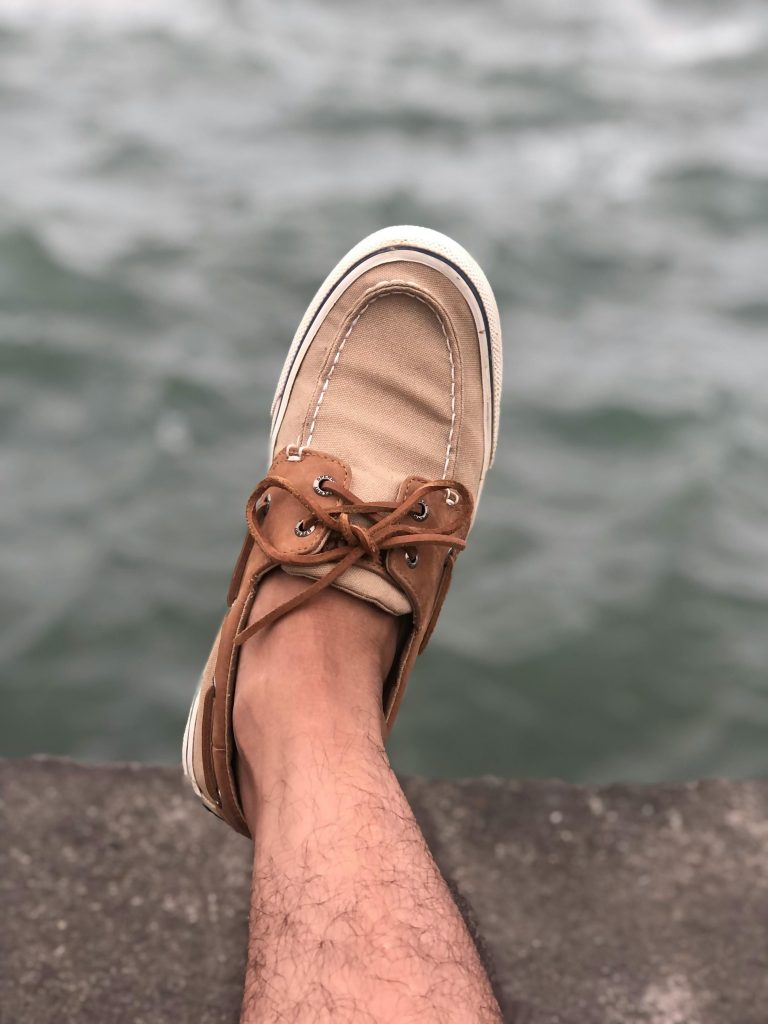
To keep your brown shoes looking their best, proper care is essential. Brown shoes, particularly leather, can develop a beautiful patina over time if cared for correctly.
- Polish regularly: Use high-quality brown shoe polish to maintain the
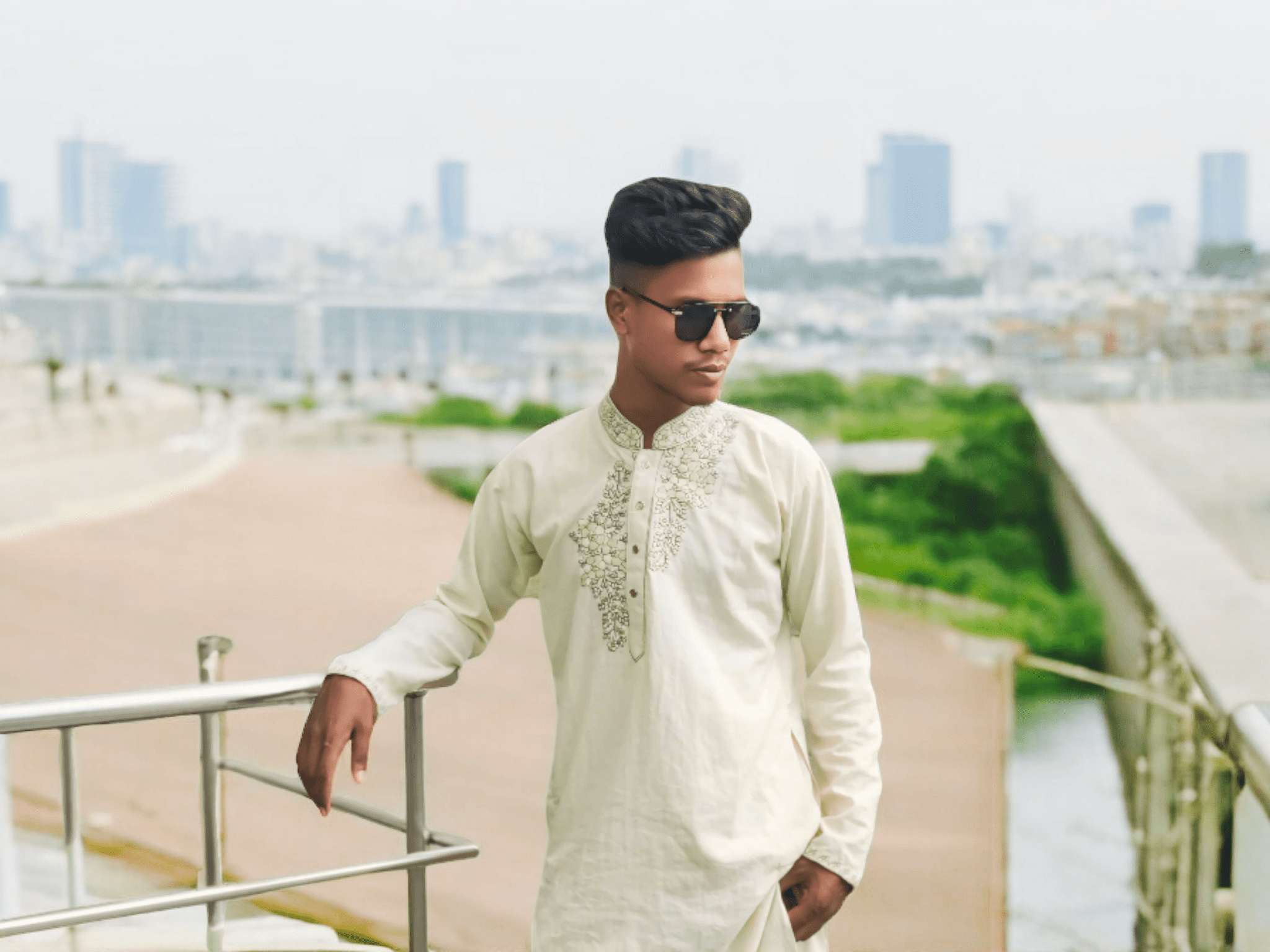
Assalamu Alaikum.. I am Mohammad Sojib I have been working in fashion for a long time I am in US and UK and I write about this topic in many places. I have been working and working on this topic for a long time
And I am a blogger I have been blogging about fashion for a long time in different places.
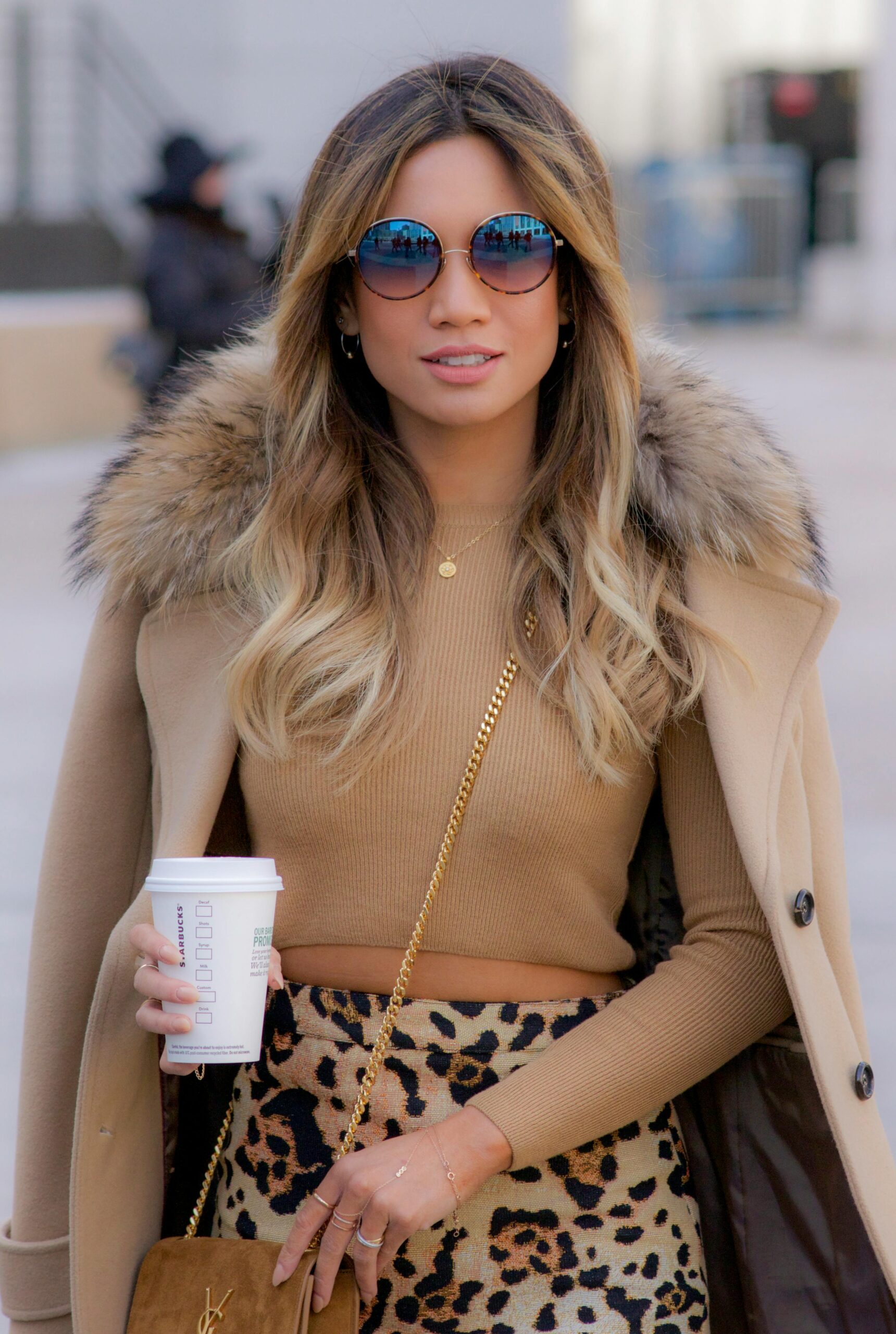
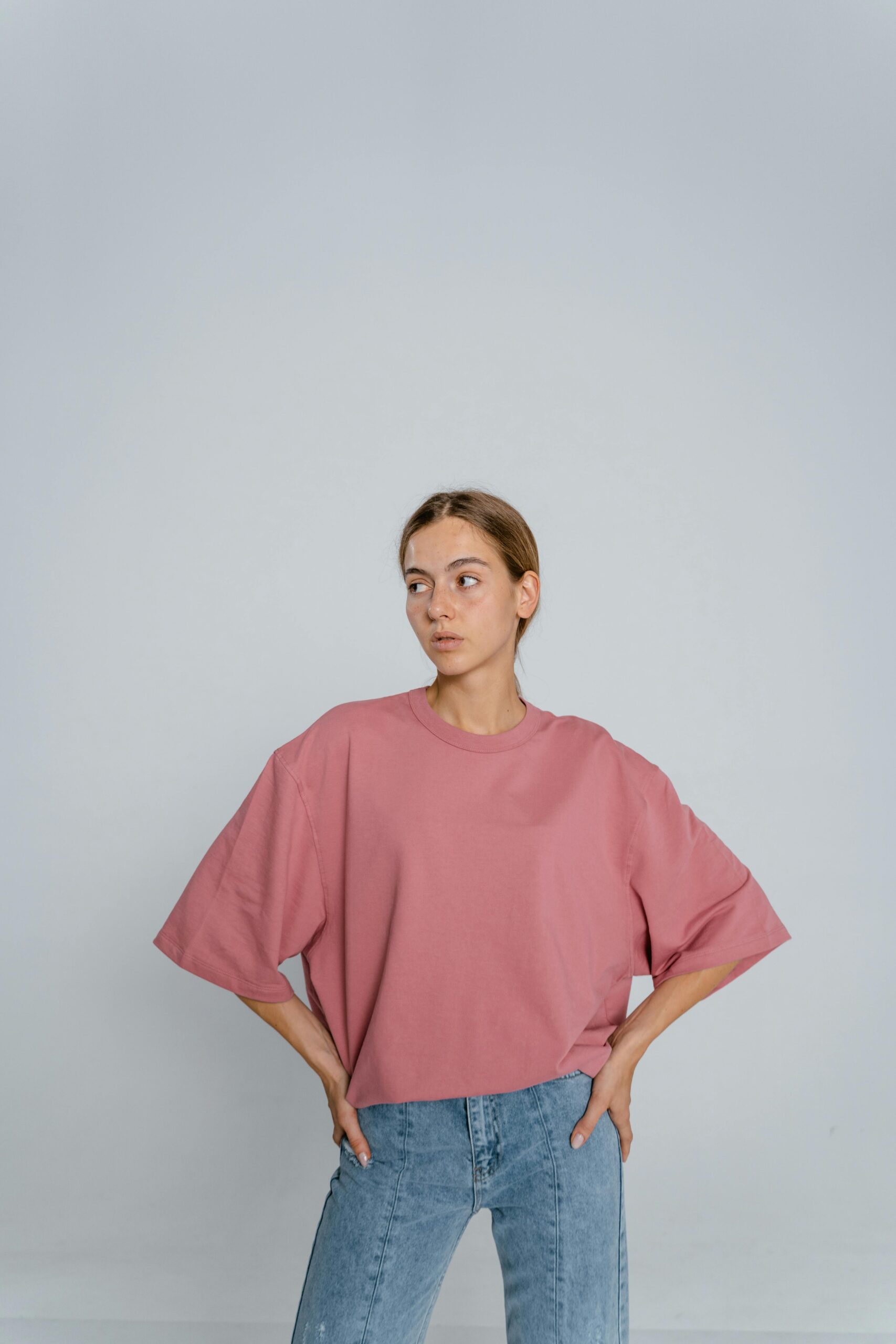
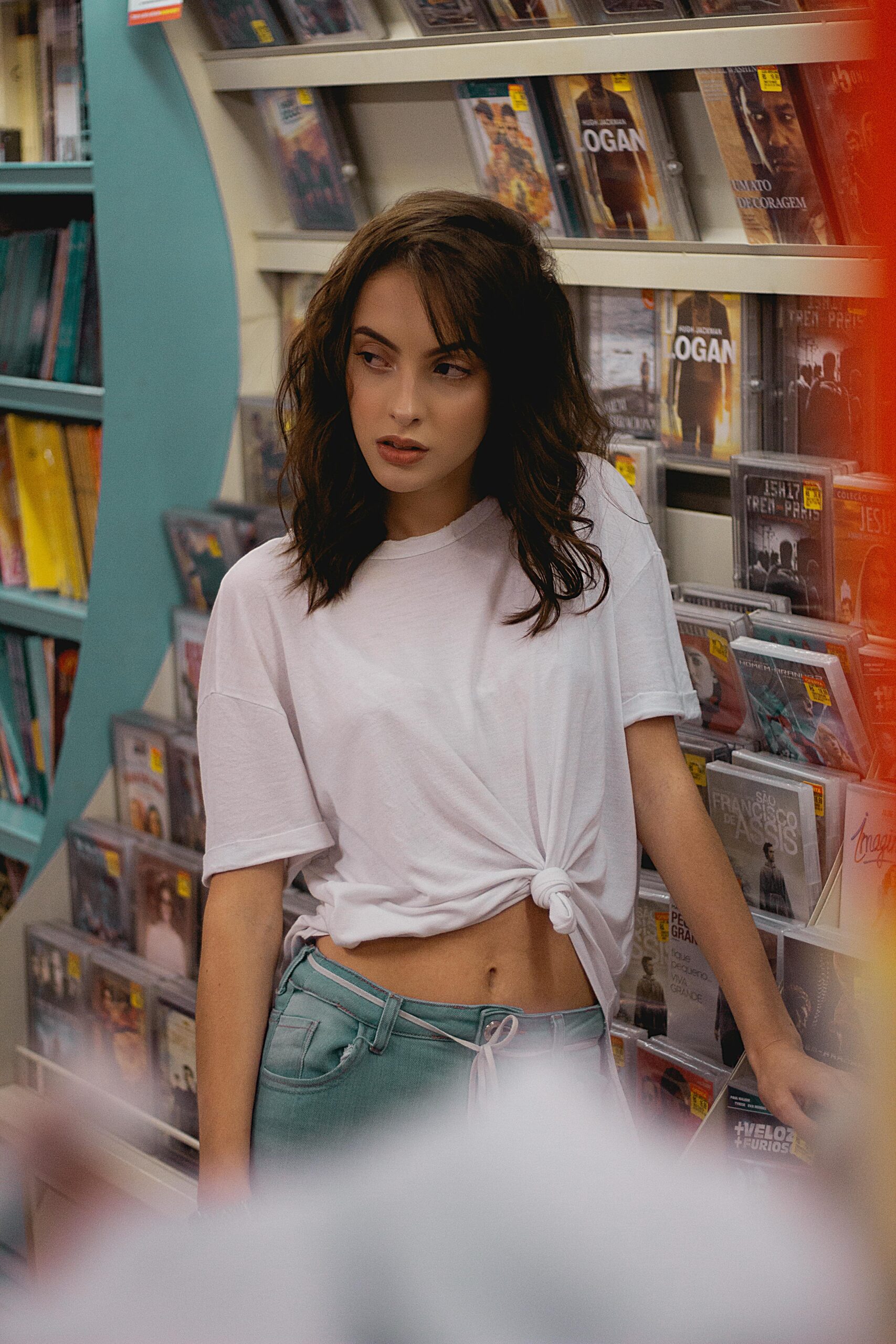
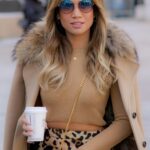



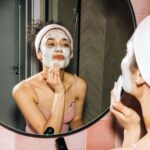
Leave a Reply